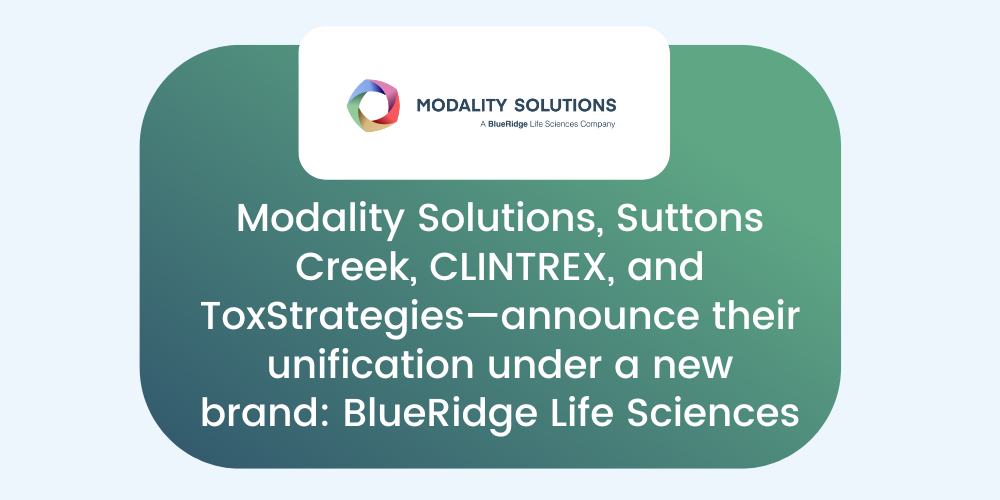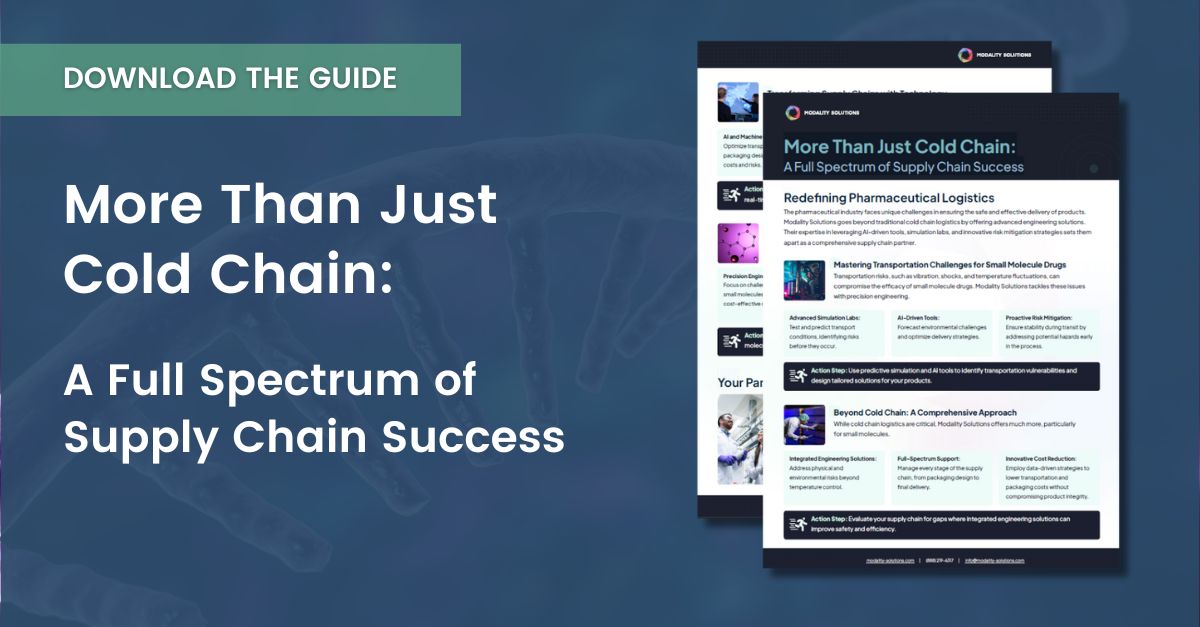How to Avoid an FDA Form 483 or a Warning Letter for Your mAb or Other Biologic
When your mAb or other biologic is moving through the Biologics License Application (BLA) process, a pre-approval inspection (PAI) by the FDA is a critical step that can either facilitate or hamper your therapeutics approval. If the investigator finds practices or conditions that are considered objectionable or potentially violate agency regulations, you could be issued a Form 483 or a Warning Letter.
Responding to a Form 483 or a Warning Letter takes time and resources away from the task of moving your mAb or other biologics through regulatory review quickly and successfully. By avoiding these notifications, you can keep your biologic on an expeditious path to approval.
How the Form 483 and Warning Letter Differ
The Form 483 and Warning Letter serve a similar purpose: To notify a drug manufacturer or principal investigator of issues that need corrective action. But the documents function differently.
- A Form 483, also referred to as Investigational Observations, is issued after an FDA investigator’s site inspection. The form lists any conditions or practices the investigator observed which are objectionable or potentially in violation of FDA requirements. The company has 15 days to respond with details on how it intends to address those issues.
- A Warning Letter is issued when the FDA determines that a pharmaceutical manufacturer is in significant violation of its regulations, and it sometimes follows a Form 483. The Warning Letter is a more formal notification that lists each violation, provides evidence to support the FDA’s claims, and specifies a timeframe for making the necessary remedies. The company has 15 days to respond with details on how it will address the violations.
Though the Form 483 is less formal and less detailed, both notifications can require significant time and attention to address, taxing your internal resources and slowing the BLA filing process.
Common Form 483 or Warning Letter Triggers
During its 2020 fiscal year (from October 1, 2019 through September 30, 2020), the FDA issued Form 483s for 349 drugs, 422 devices, and 28 biologics, along with 524 total Warning Letters.
According to the FDA, the top three reasons for issuing a Form 483 are:
- The necessary procedures are not in writing or are not thoroughly followed (for example, a proper performance qualification protocol is not executed for a mAb or other biologic that has cold chain requirements)
- Lab controls are not scientifically sound (for example, transport testing for a biologic does not concurrently test worst-case conditions)
- There are discrepancies and/or failures in the investigations (for example, there is a lack of proper systems to investigate cold chain non-conformances, such as temperature excursions)
The agency notes that other common triggers of a Form 483 include:
- Absence of written procedures,
- Deficient environmental monitoring systems (including data logger placement),
- Equipment that is not calibrated, inspected, and checked per a written performance plan,
- Unsatisfactory conformance to specifications before testing and release,
- Failure to establish, document, and follow procedures for sterile drug products,
- Failure to clean, maintain, and sanitize equipment and utensils at appropriate intervals,
- Lack of a written stability program.
Often, triggers like these occur when the cold chain required to protect mAbs and other biologics in transit is not correctly designed, optimized, and managed.
Avoiding a Form 483 or Warning Letter
Keeping your therapeutic moving efficiently through the BLA filing process requires prudent steps to avoid a Form 483 or Warning Letter. While there are various strategies for reducing the odds you’ll receive these notifications, attention to the following three areas can have a powerful impact when it comes to cold chain-related issues.
- Validation Master Plan (VMP). A well-conceived VMP is the foundation for ensuring your mAb or other biologic is protected throughout the cold chain. Thoroughly reviewing your drug product and its supply chain and developing a comprehensive VMP enables you to assess the most likely drug transport risks and create effective risk mitigation strategies. By taking a Quality by Design approach, you can avoid missteps and minimize the odds your downstream activities will trigger an FDA notification.
- Drug Product Simulation Testing. Suppose your drug transport testing only uses accelerated temperature exposures to assess product stability. In that case, the FDA is likely to request a more comprehensive approach that involves testing all five hazards your biologic may encounter in transport (temperature, vibration, shock, humidity, and pressure) concurrently and under worst-case conditions. That is precisely the testing approach Modality Solutions employs in our Transport Simulation Lab. And it’s fast becoming an industry best practice expected by regulators—one that increases your confidence that you can ship your biologic successfully and reduces your odds of receiving a Form 483 related to your drug transport testing approach.
- Performance Qualification (PQ) Protocol. Pharmaceutical manufacturers often fail to develop and execute a proper PQ protocol that demonstrates their cold chain process and packaging will perform sufficiently in the real world. One common problem is failing to use representative conditions; for example, the test might be performed using loads outside expected ranges. Another frequent mistake is conducting product quality testing after each shipment, which wastes time and product without good reason. A PQ addresses verification of the process, not a worst-case testing design. Developing a sound PQ strategy, providing detailed PQ protocols in your filing submission, executing the protocols under representative conditions, and thoroughly documenting results can help you avoid a Form 483 or Warning Letter.
>>> Related Webinar: How to Respond to Cold Chain IRs
Responding to a Form 483 or Warning Letter
If you’ve taken the necessary measures ahead of your inspection and you still receive an FDA notification, best practices like these can help you respond effectively and avoid delays.
- Carefully review the notification language to ensure you know exactly what the FDA is asking. A cursory reading could cause you to misinterpret the request.
- Provide only the information needed to fulfill the request and resist the temptation to over-explain. Offering additional details risks opening the door to further questions or requests that could delay your filing.
- Make sure your response is clear and specific but concise and to the point. The best responses answer the question in the first sentence.
- If the FDA asks for data included in one of your protocols, reports, or other supplemental documents, do not attach the document to your response. Instead, extract the requested information, provide it in the body of your response, and refer to the source material so the FDA can review the data if requested.
- If the FDA notes that you have failed to take a necessary step or have not conducted that step properly, submit a document outlining what you plan to do.
- Consider working with a consulting firm that can provide more agility than your in-house teams to speed the process. Modality Solutions engineers often craft satisfactory responses to FDA notification within just a few days. When one client engaged us in December to develop an FDA response before year-end, we drafted a VMP from the ground up to demonstrate the client was taking regulatory feedback and correcting its course.
Avoiding a Form 483 or Warning Letter—and responding fast and effectively if you receive one—is essential to keeping your filing on track. Modality Solutions has extensive experience helping biopharmaceutical companies avoid or react to these notifications with exceptional outcomes. Schedule a free consultation to learn how our proven approach can keep your biologic’s filing moving forward successfully.






